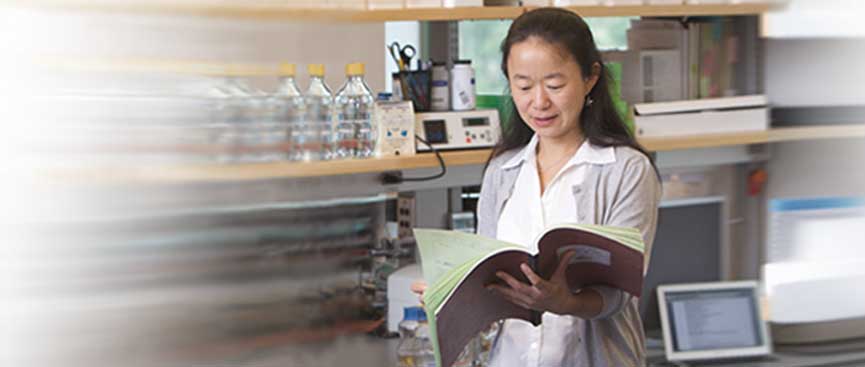Faculty Perspective: Chen
The “resolution revolution” in chemical biology
[[ PAGE BANNER: see the home page instructions for adding new images. Image should be 864 pixels wide by any height. ]]

An interview with Jue Chen
Q
A
What can you tell us about the work you and your students are doing in your lab?
I’m relatively new to TPCB. I started my lab in 2001 at Purdue University till 2014 when we moved to Rockefeller—one of the best places in the world to do science. In my lab, we study the structure and function of molecular pumps called ABC transporters involved in many important biological processes. One of the questions we are pursuing is the multidrug resistance in chemotherapy—how do cells develop resistance to a broad range of drugs during treatment? Another question is how T cells are informed on whether our cells are healthy or being infected. That’s related to antigen presentation, signals to T cells telling them whether a particular cell is healthy or diseased. We study the process of how the signal is being processed and presented. Another focus in my lab is to understand the molecular mechanism that causes cystic fibrosis. We study the protein that causes this disease to understand how it works, why mutation causes disease, and is there anything we can do about it?
Q
A
You sound passionate about your work. What is it that you love about scientific research?
During my Ph.D work in the late Don Wiley’s lab, I started to appreciate what one can learn from studying the shapes of molecules and how chemical reactions actually take place. I find it extremely rewarding to be the first one to figure something out, to understand a piece of nature no one else understands at that time. It is a privilege to be a scientist; I feel lucky to be paid to do what I love to do anyway.
Q
A
Is there something that characterizes your approach as a professor?
I work very closely with my students and schedule weekly meetings to make sure there is time to focus on them. I try to figure out their strengths and weakness; and adjust my approach to help them grow scientifically and professionally. I have learned over the years that different students need different kinds of guidance. For example, with some students, I go over experimental details with them as that is what they need. There are students who just want to discuss big ideas or literature in the field, while others are focused on learning how to write well and how to present their results. I enjoy working with students and watching their growth as scientists.
Q
A
Why do you think it is such an exciting time in chemical biology?
The methods for studying proteins have developed tremendously in the past 20 years and actually in just the past two years there was a major breakthrough called the “resolution revolution”. Previously, we used X-rays to study protein structures; you would purify the protein and grow crystals, and then you would use X-rays to record the diffraction pattern and calculate where the atoms should be in the protein. This process could easily take years to accomplish. The recently breakthrough in a technique called electron cryo-microscopy lets us freeze protein molecules in ice and take lots of pictures of them to recreate a three-dimensional structure. This technique enables us to tackle more complex and challenging problems in biology. It really is an exciting time.


